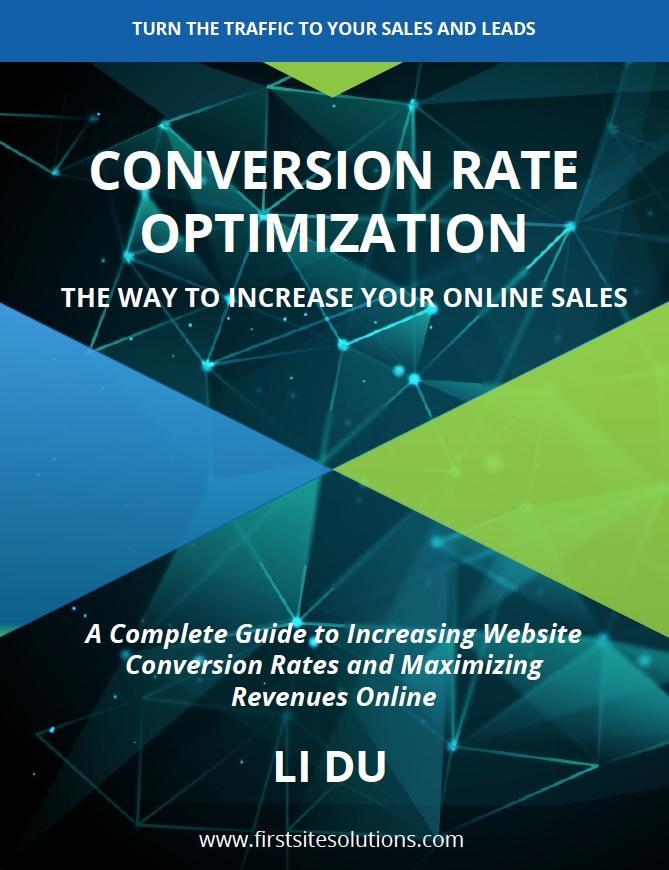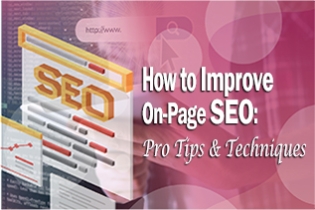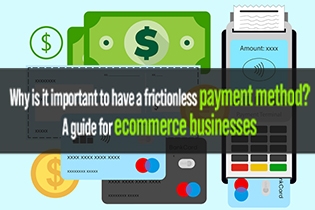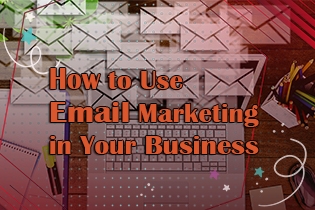
The hassle you go through when delving into the marketing domain is a headache. Trends come and go at the speed of light. Before you know, your company could be slipping down the spiral without reaching the targets.
All the zeal and zest you felt initially goes poof!
Don’t think of yourself as flaky or a wuss. Some of the best corporate hotshots went through dark pitch phases at the start.
For example, Tyler Perry in 1998 funneled all his wealth in making his play, “I know I’ve Been Changed.” It was a flop, and he ended up on the streets. Still, he didn’t give up and tried his luck once more at the Atlanta House of Blues. Later, in his blog, Perry talked about how to achieve success. He stated:
"All you can do is plant your seed in the ground, water it every day, and believe. That is what allowed me to be in the position I am in right now. I would not stop believing."
Move Forward With A Robust Strategy
A small business owner wears many hats. You have to control the accounts, check the staff, take the right people on board, and promote your brand – all at once. But like most companies, some tasks demand more attention.
For instance, you will spend time on logistics and will struggle to do marketing unless; you suddenly note a lack of sales. As per InfusionSoft and LeadPages, 47% of the small business owners control marketing efforts independently. They struggle to track their Return-on-Investment (ROI) to fathom whether their marketing endeavors are productive.
Creating a simple yet effective marketing plan is fundamental. There is no point in working so hard when there is no one to notice you.
A well-planned marketing strategy:
- Guides your efforts according to the goals and resource constraints
- Allows you to market your business to the ideal prospects
What Is Marketing Automation? Why Do You Need It?
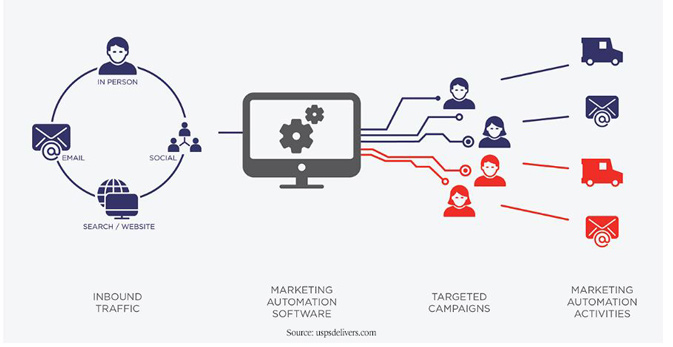
According to the Aberdeen Group, the best marketers are 67% more likely to use a marketing automation platform. The reason beings its truckload of perks. For starters, it provides one-on-one cross-channel journeys that deliver a connected and consistent customer experience.
In its essence, marketing automation uses software that structures the actions of a marketing campaign, such as blog posts, social media, emails, web pages, and much more. This will allow you to increase revenue, efficiency and expand into a powerful team.
Using marketing automation, marketers can qualify the leads and pass them into sales. This will bring higher revenue and greater growth. When marketing teams can demonstrate how their campaign affects the bottom line, they continue to gather the budget for the marketing program. This creates more room for trying out new things, getting creative, and executing campaigns to improve lead generation.
Some notable benefits of marketing automation include:
- Improved productivity
- Personalization
- Time-saving
- Improved ROI
- A consistent tone of voice
- Multi-channel campaign control
These are just a few of the hundreds of benefits offered by marketing automation strategy. Scroll down to figure out how you can create one for your venture.
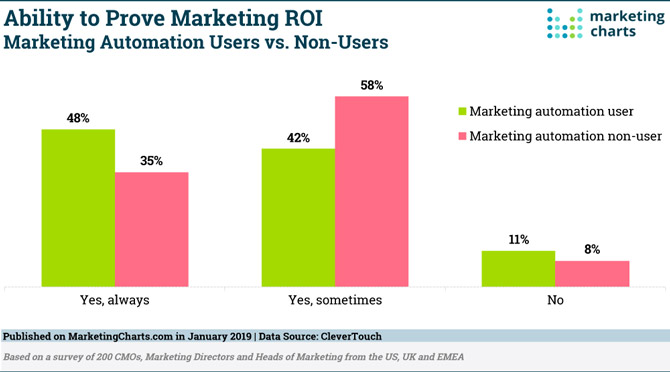
Steps To Design A Marketing Automation Strategy
A study conducted by eMarketer shows that marketing automation platforms improve lead management and lead nurturing by 86% among B2B marketers across the globe. Marketing automation is not going anywhere for the next few decades. Instead, we might witness new avenues opening up in this domain.
If you are uncertain where to start, below are a few steps to help you dive in!
1. Establish goals for marketing automation
You have to determine your objectives and establish measurable goals to know what you want to achieve through these strategies. You will make severe blunders if you rush into automation. Make sure what you want to automate with proper scrutiny.
Most small companies use marketing automation to increase their e-commerce sales, customer retention, lead generation, and repeated business. Marketing automation software will provide all the gear needed to accomplish these goals.
Learn which aspects of marketing do you want to focus on:
- Lead segmentation – Do you want to put the leads you have gained so far in the proper channels for relevant marketing outputs?
- Lead generation – Do you want to attract and categorize the correct leads?
- Lead nurture – Are your campaigns doing their best to enhance your customers’ trust?
- Social media management – Are you willing to improve the efficiency of your social media efforts?
Marketing automation software can provide all the tools you need to achieve these goals. All it asks for is careful consideration and active participation of concerned people to create campaigns
2. Create a list of interested people
This is a crucial step to align your marketing automation objectives with the buyers’ journey. You have to know who your prospects are so you can deliver a worthy experience. You can use several tactics to understand the customers and grow your email list for marketing automation.
Some ways to grow your email list include:
- Use social media to promote lead generation – Promote your offers using Facebook and Twitter campaigns that require the users’ contact details. Also, add a call-to-action (CTA) on your Facebook Business Forum that requires users’ email addresses.
- Newsletter opt-ins – Driving traffic to your web blog is an incredible way to get new customers. When you offer them an email newsletter opt-in option, you can capture the leads interested in receiving updates about a new product/service.
- Conduct a webinar – Webinar is a great way to grab the customers and stand in front of the potential customers. You can demonstrate your expertise and address the concerns of the prospects.
3. Determine the automation process
Now that you have decided to automate the process, it is time to move onto the next stage. Determine what you want the automation software to do. How does the perfect workflow help you achieve the goals?
The following workflow software automation steps can help you design the process:
Create a workflow
Devise the entire automation workflow. Suppose you are hired for a freelance purpose, and the company wants you to create an email workflow for the new subscribers. You can implement the if/then scenarios to craft extensive details of the campaign.
Here are some points that will help you:
- A potential customer will download your lead magnet resource
- They receive a welcome email explaining what they will get in the upcoming days
- They also get a case study that focuses on different details
- They receive testimonial videos from happy customers
- They will also receive a pitch email detailing your services
Gather the necessary resources
Each automation step requires resources for the customers. Once they indulge in the resources, they can move to the next stage. These resources include:
- Podcast episodes
- Webinars
- Landing page
- Frequently asked questions (FAQs)
- Blogs
- Reports
You can use one or a mixture of these resources to inform your customers. This will entice them to take the first step in the buyer funnel.
Finalize the automation triggers
Next, learn what should happen to start or continue your automation workflow. They call it a trigger point. Some examples of a trigger event are as follows:
- Installing a resource
- Clicking on a link
- Contacting the support team
- Submission of a form on the website
- Personal occasions like anniversaries or birthdays
Apart from setting triggers to launch the workflow, it would help establish the actions that will let people exit the workflow.
4. Understand the analytics
A thorough understanding of metrics is the key to map company game plans and marketing automation success. For instance, you can reduce conversion time if you know how much time it takes for a buyer to progress to an opportunity.
Understand where the buyers get stuck or fail during the buyers' journey. This will allow you to create a robust marketing automation plan for the success of your company.
Extensive insight into the analytics will enable you to:
- Track the visitors and sources from which they arrive
- Monitor the costs-per-lead and click-through-rates
- Track the cost per acquisition
These analytics will allow you to explore the analytics deeply and diagnose any problems. It will also assist with tailoring content as per consumers’ needs. According to HubSpot, 75% of the consumers state that lack of personalization is annoying. Companies can utilize marketing automation to keep customers from frustration and provide a wholesome experience.
5. Pick the correct tools
This is the fifth step.
Have you figured out the automation process?
It is now the time to pick a marketing automated solution to make it happen. These tools cover the customers’ journey from beginning till the end. They come with the following essentials:
- Lead generation tools
- Ad automation tools
- Customer experience automation tools
- Lead automation tools
- Social media automation platforms
- Customer engagement automation application
With hundreds of marketing automation tools available, picking one for your company can be pretty challenging. As the buyers’ journey and the sales cycle is different for ecommerce and other types of businesses, some platforms will not have the tools and features required to manage the customer lifecycle.
Here are some factors you should consider when opting for a particular marketing automation software:
- User interface – Ask for a demo of the platform to determine if it is intuitive and user-friendly
- Features and native integrations – Make sure that your existing platform natively integrates with the marketing automation software
- Customer support – The availability of customer support is integral to know when comparing different marketing automation platforms
- Userbase and reviews – Understand how other users of the same tool are availing it at its best potential
- Learning resources – Having the online help on these tools enables you to make the most out of it
- Pricing – Price structures differ from one platform to another. Make sure the one you choose falls within your range of affordability.
- Set-up and Onboarding – You will require some assistance to run the software. The level of aid offered by platforms is also variable.
6. Make automation looks “un-automated”
The best part about marketing automation is that it enables you to address audience needs at the right time in their journey. Nonetheless, most campaigns end up losing their “human touch,” reducing their effectiveness.
We recommend our readers begin with a goal they are willing to achieve. Next, map all the possible responses and decisions that will lead to the fulfillment of the plans. Once it is mapped out, you can start to scale and test the messaging.
For example, a fashion brand can use chatbots to automate the customer service process. The information provided by the customers helps to offer personalized product recommendations and messaging to make the customers happy. This empowers the staff to delight customers by providing personalized service.
This example gives us an incredible picture of how marketing automation should look like. It has to be subtle yet powerful. Your sleek automation tools should be handy and flexible for modification of the automation designs.
7. Perform split-testing
Split testing in email marketing is a way of conducting experiments deploying several messaging variants. The aim is to collect data about best-performing campaigns and make well-informed optimization. To put it simply, A/B testing enables you to distribute email messages to a list to test which statement has better engagement analytics.
You get answers to the following marketing questions:
- What is the ideal frequency of reaching out to prospects?
- How long should you wait before sending the following promotional message?
- Which offer compels people to buy?
Once the A/B testing period is over, you can evaluate the conversions and other metrics to determine which one works best.
Key Takeaways
Yes, marketing automation comes with a set of pitfalls that you should learn about. For example, it can send automated emails to unsolicited people. According to a study by CoSchedule, 31.6% of the people state that receiving irrelevant content is why they unsubscribed from a company’s email list.
Hence, this makes it all the more reason to create effective marketing automation campaigns. We hope you come up with a strategy that takes your venture to the sky and beyond!


